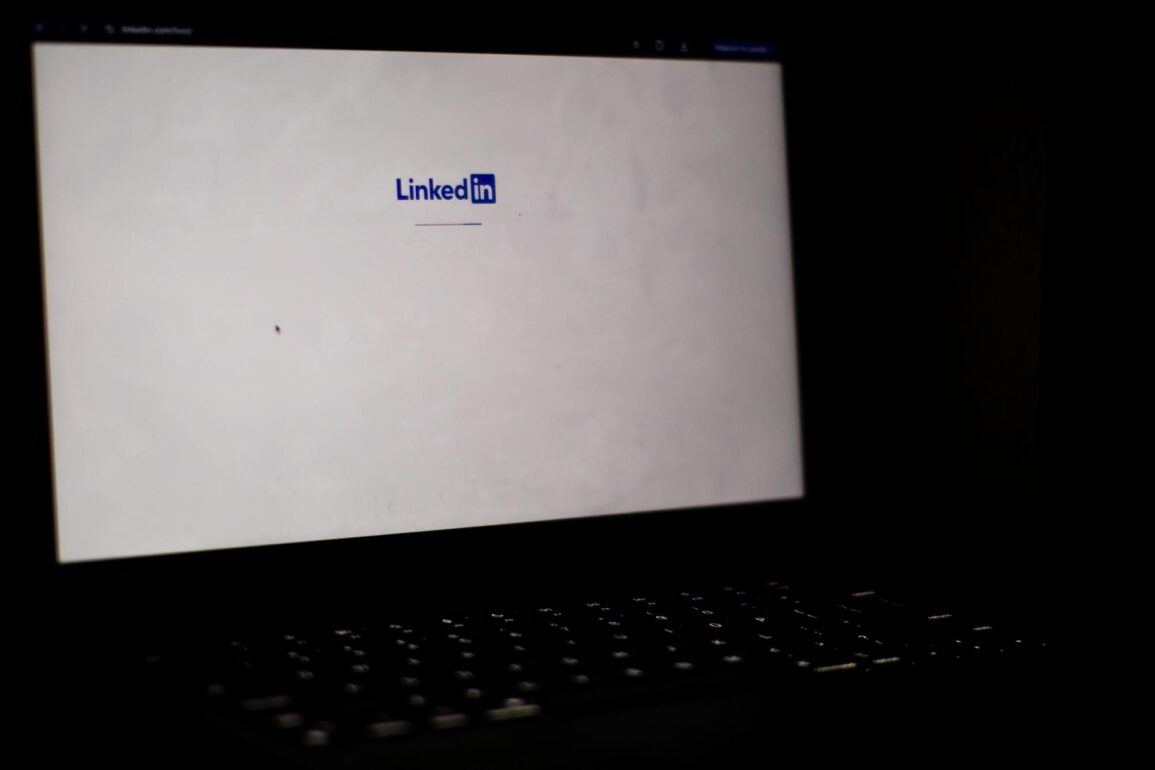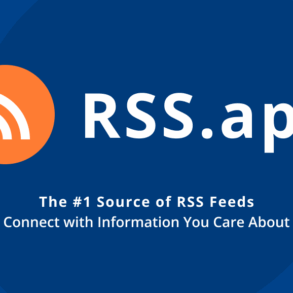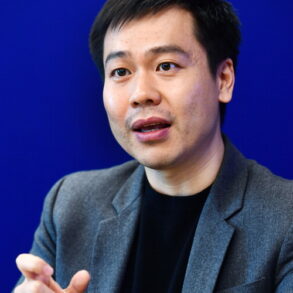
As a junior heading into summer, landing an internship feels like the ultimate goal for many students. For many of my peers, this can make or break their summer.
While on my search for an internship, I signed up for an app that many use called LinkedIn. LinkedIn is a social network oriented around business and employment. After a couple of months, I’ve developed a love-hate relationship with the app.
Don’t get me wrong — I think LinkedIn has many positive aspects. I can see what my peers are working on and give them kudos. I can also share my achievements and potentially catch the attention of employers.
Hayden Abbott, a junior advertising student at the University of Oregon, agrees. He is a semi-frequent user of LinkedIn and noted some of the benefits.
“I use LinkedIn multiple times per week, and it’s nice because I get to see what my colleagues are up to professionally. I also have met people through LinkedIn who are like-minded,” Abbott said.
LinkedIn is great for virtual networking. However, I’m not a fan of how surface-level and performative this social platform seems.
I’ve noticed that almost all LinkedIn update posts about new internships and jobs seem similar.
Scroll for five minutes, and you’ll find the same formula: “I’m thrilled to announce…” followed by a company logo and a list of the position’s responsibilities. It starts to feel more like a competition than a celebration.
Where is the creativity? Who says these posts need to follow the same prompt?
While Abbott recognized the benefits of LinkedIn, he also mentioned some things to be cautious about.
“I think it’s easy to get hung up on how many connections you have or compare yourself to someone who just got a nice internship,” Abbott said.
That’s my biggest concern: instead of networking, I end up comparing myself to others, and it takes a toll on my mental health.
In an article titled Associations Between Internet-Based Professional Social Networking and Emotional Distress, the authors found that within a group of 1,780 people ages 19 to 32, those who used professional social networking sites like LinkedIn one or more times per week were more likely to report symptoms of depression or anxiety.
While LinkedIn can be helpful, it’s worth setting boundaries around how often we use it to limit these effects.
Camcole Pereira, a junior business student, uses LinkedIn at least once a day in his search for an internship.
“I think that of my social media, LinkedIn is the most stressful,” Pereira said. “I need to turn my notifications off, but I am reaching out to people for internships right now, so I can’t.”
It’s a tough spot for Pereira and many others. When people post about their achievements, it’s good to be happy for them, but at the same time, it makes you feel behind if you’re not up to par.
This leads to the dilemma of how to manage LinkedIn without completely deleting it.
One tip that’s helped me: delete the app from your phone. I’ve done this with other social media apps, and if I really want to check it, I’ll use my computer, which, in my opinion, takes way more effort.
If you don’t want to go that far, turn off your notifications and set a time limit. This can be helpful with many apps, but especially for LinkedIn. You’ll only remember to check it naturally, not because of a notification promoting some performance post.
At the end of the day, LinkedIn isn’t inherently bad — but it can hurt our mental health if we let it. Your connection count doesn’t define your success, and neither does a summer internship. Don’t be afraid to use LinkedIn, but don’t let it define your self-worth.
This post was originally published on this site be sure to check out more of their content








